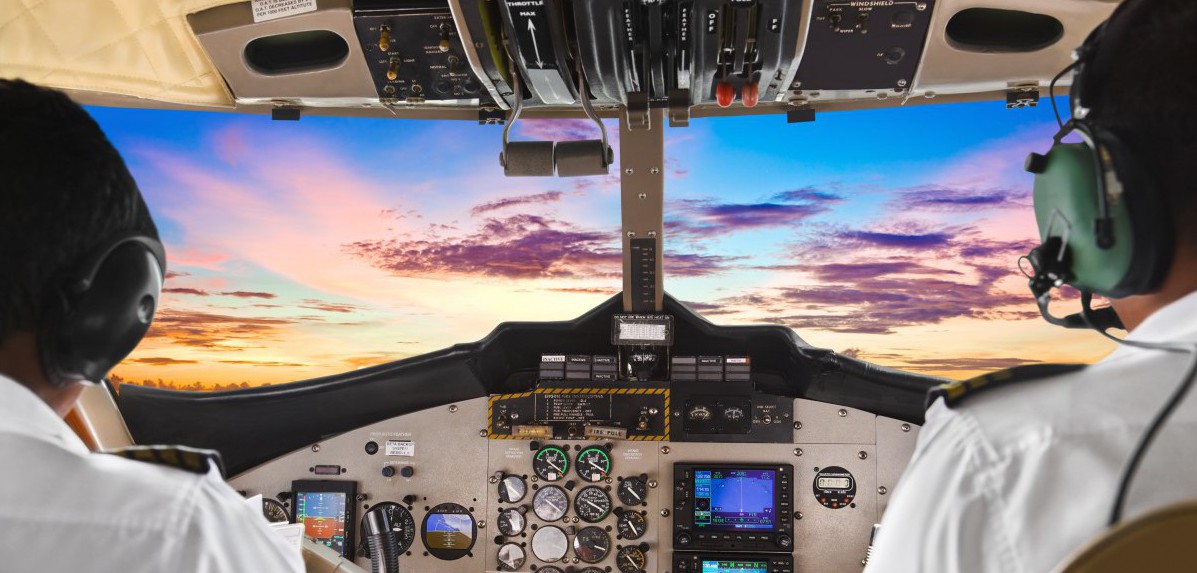A U.S. Army AH-64D Longbow Apache, 1st Battalion, 101st Aviation Regiment, Fort Campbell Ky., provides ground forces with air support from Forward Operating Base Speicher Iraq, Oct. 21, 2005, during Operation Iraqi Freedom. (U.S. Air Force photo by Tech. Sgt. Andy Dunaway) (Released)
The 1st Battalion, 101st Aviation Regiment, the ÒExpect No MercyÓ Battalion, is the premier attack helicopter battalion in the United States Army. Its lethal fleet of 24 Ah-64D Longbow Apaches is currently conducting combat operations in Northern Iraq, caring on a long tradition of excellence among Army Aviation.
1-101st first gained notoriety during Operation Desert Storm in 1991, when it fired the first shots of the Gulf War during Operation Normandy, destroying key Iraqi radar sites and creating a safe corridor for US aircraft to commence the air campaign. The battalion again proved itself during Operation Iraqi Freedom in 2003-2004, conducting several mobile strike deep attacks during major combat operations followed by eight months of quick reaction force (QRF), reconnaissance, and VIP security missions during stability and support operations (SASO). After a rigorous 19 months of training and maintenance back at Fort Campbell, Kentucky, the ÒExpect No MercyÓ battalion deployed to Iraq for its second OIF tour.
Since arriving in Iraq, the battalion has conducted an aggressive Relief-in-Place/Transfer-of-Authority (REP/TOA) with 8-229th Aviation Regiment from Fort Knox, Kentucky. The battalion is on track to fly over 1000 combat hours in October, and is already making an impact on operations in Iraq. Initial combat missions involved teams of two ÒNo MercyÓ aircraft along with one 8-229th aircraft conducting local area orientations (LAO) to familiarize aircrews with the environment, geography, and unity on the ground. By no means was an LAO an administrative mission though: while on orientations, aircrews participated in numerous reconnaissance missions to













